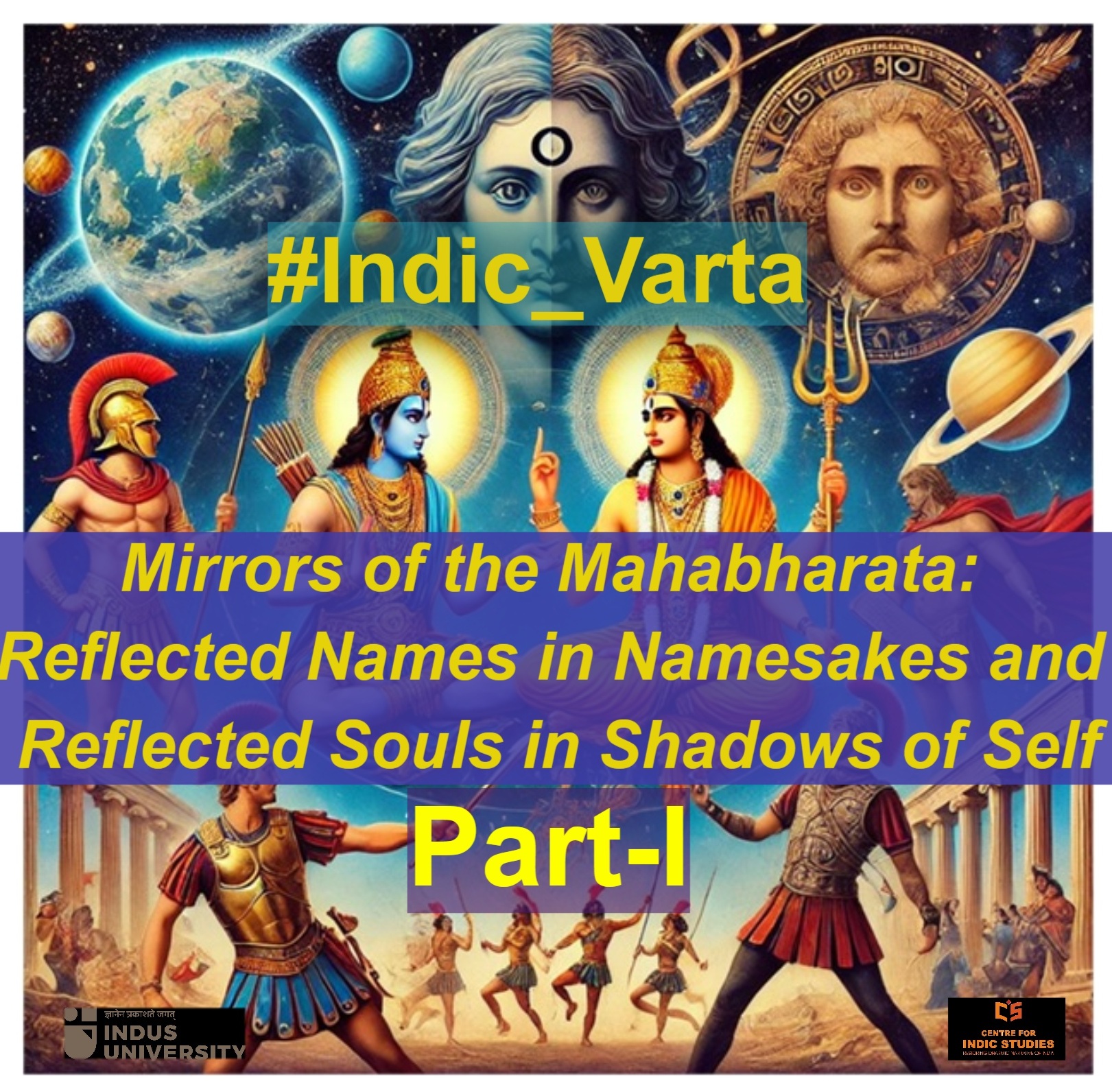- Visitor:58
- Published on:
Some basic Hindu Samskaras: Signficance of shankha, mauna and sadhu sanga
In a fraction of a second, the most brutal person on the earth turned into a saint. All necessary perfections are achieved to attain the highest goal in life. Like us, Parvatha Muni was also moved by this and the entire event was constantly running in his head while returning. “You are a touchstone by yourself”, appreciated the sage staring at the great Narada Muni’s ever smiling glorious face.
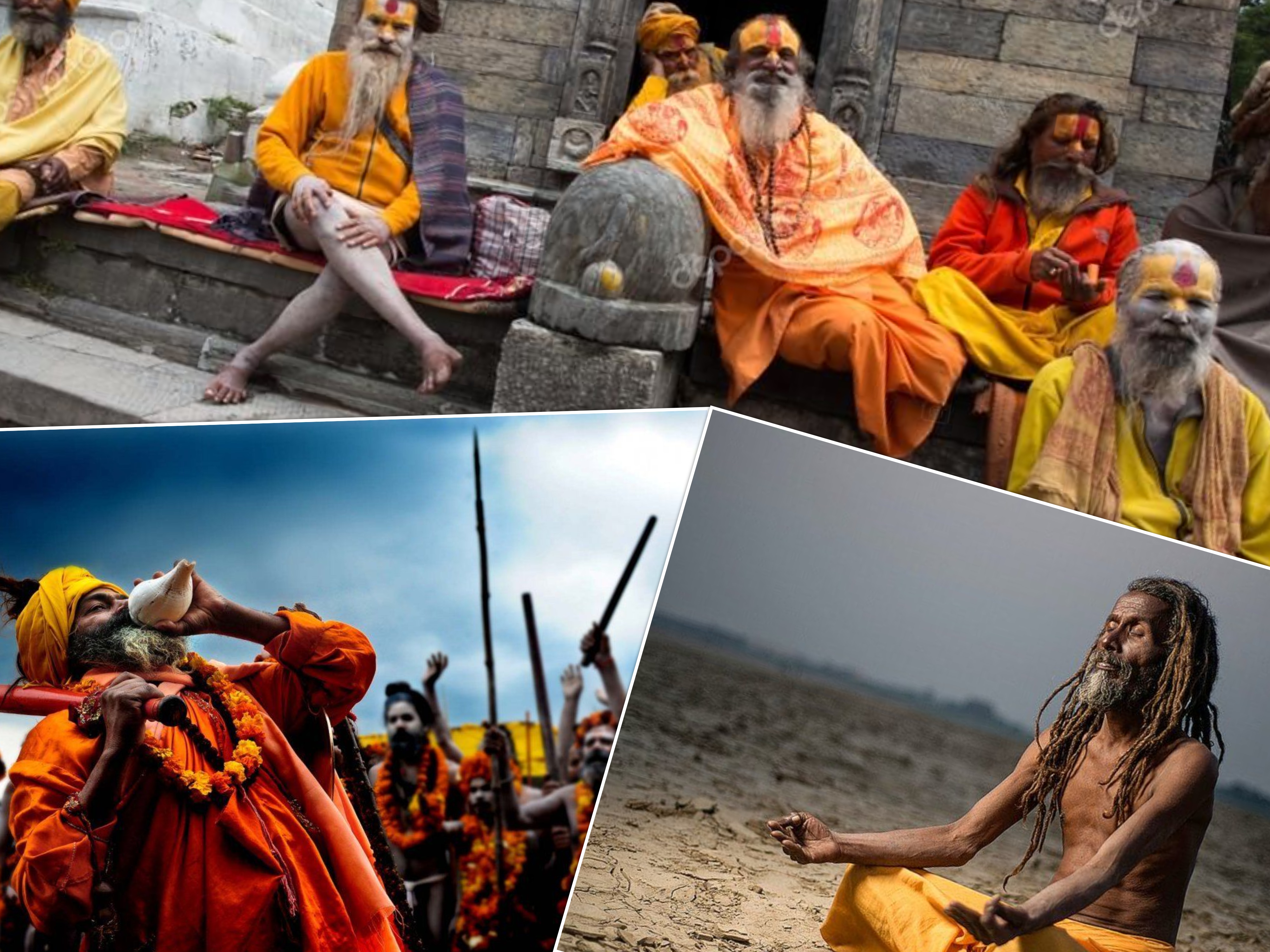
~~ Conch and conch shell in Hinduism ~~

Whether in rituals, ceremonies or puja paath conch shells and conchs are used by Hindus and are considered sacred from ancient times. Though some of the rituals forbid playing it, however, this is quite customary to blow conch or shankha every morning, evening, during earthquakes, heavy storms, thundering, tidal waves and so on. This is to counter dangerous and evil forces by creating an auspicious noise and at the same time making everyone alert to take necessary precautions. The sea snails originated on this earth as aquatic invertebrates millions of years ago, but, it is quite impossible to determine any approximate information when the Hindus associated this with their spiritual life and customs as Mangal Bhavana or sacred thoughts. Now it has turned into an integral part of the symbolism and rituals. In almost every ancient literature of India, we find its mentions, of course in different contexts and for various purposes.

Conch shells are a type of seashell found from the sea-shores that ranges from medium to large sizes. They are much more extended and beautiful than most other seashells in size with porcelain-like a feel commonly white and pink. Conch pearls are used in jewelry and decorative items but the shell itself is also seen as sacred in India with its first mention as Shankha in Atharva Veda.

As Mahatma Prince Bhagiratha was bringing Ganga Devi on earth from heaven he was marching ahead blowing conch sell as a sound of welcoming or invocation with joy. Further, when Ganga Mata was stuck in Mahadeva’s head, she was freed from the clotted hair by blowing the conch and thus applied as a tool to generate holy sound to achieve goals and rescue from danger.

During the Kurukshetra war, they were used as trumpets for marking the beginning and ending and controlling the fight as a distant call and every soldier obeyed it without any question. Composers of Mahabharata also mention the application of shankha besides the origin and practical implementations by the heroic warriors and their names. For example, Panchajanya was the name of Shri Krishna’s shankha and as per Harivamsa and Devi Purana, Sri Vishnu killed a demon of that name and accepted him in the form of a conch. During his last minute as the demon took refuge at the Lord’s feet and prayed to remain attached to the god forever, Krishna assured and declared that Lakshmi and Narayan will always reside in those houses where conch shells are blown every evening. Also, it will act as a supplement as there is a lack of holy Ganga water in a certain day.
Indra gifted Arjuna his conch named Devadatta as a reward for killing certain group of daityas called Nivatkavach. Bhima’s huge conch Mahashankha had been played so intensely that people used to tremble with fear. Yudhisthira’s conch was called Anantavijay symbolizing victory and similarly, the other warriors possessed their own conch shells whose sounds were heart-rending as described in the book vividly. Devi Bhagavata mentions a beautiful story about its origin. Once, a demon named Shankhachur turned invincible to the Gods and married Tulasi, the daughter of king Dharmadhvaja. The wife was a holy woman whose chastity was taken by Lord Vishnu disguised as her husband since there was a condition by Brahma that no one can kill the demon till the wife lose her purity. Later, shankha was created from the bones of Shankhachur’s dead body. In Markandeya Purana, Devi Mahamaya played her conch provided by Lord Varuna to snatch the power of Asuras. It is widely seen in the hands of various Hindu gods and goddesses like Ganesha, Durga and especially Sri Vishnu in the right hand. In Padmini Vidya, one out of the eight Astanidhis is shankha.

As per another story, once Shiva and Parvati were invited to a joyous event in heaven. However, Devi didn’t wish to attend the party without proper ornament making Shiva embarrassed and seeking Viswakarma’s help. The Lord of mechanics Viswakarma informed that every jewel of the ocean is grabbed by the gods and their wives. Since no gems are left, he can at least carve a beautiful adornment from the conch shells only. As per agreement with Shiva, Viswakarma showed his brilliance and skills by making two bangles made of conch shells along with other ornaments whose splendor and glaze surpassed the glory of the jewelry of other goddesses. Since then, married Hindu women are found to wear bracelets made of conchs in both their hands as the best ornament and aslo as the sign of their bond with their husbands in imitation of goddess Parvati. There are many such stories.
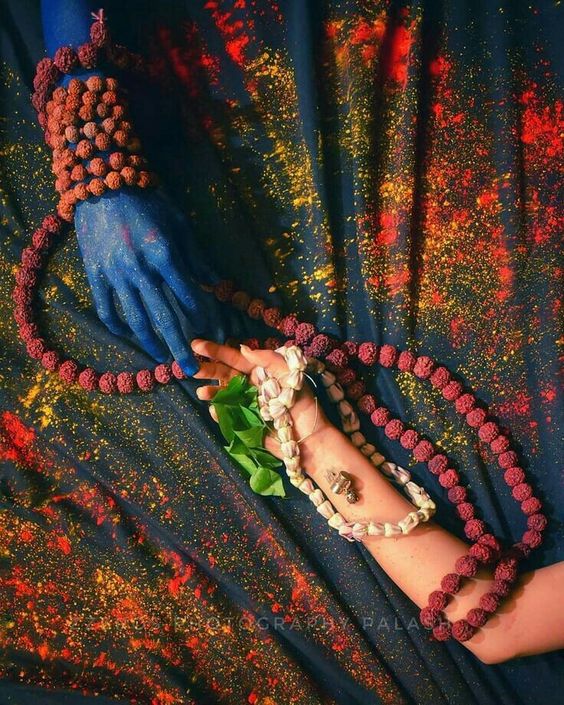
Another interesting story is that one day Parvatiji wished and asked her husband for a pair of bangles that Shivji refused to gift. Disgusted with Mahadev’s behavior, the mother god went to her father’s house and didn’t return. Then, finding no other way, Shivji disguised as a conch trader visited her doorstep. Impressed with the stock as Parvati wanted to buy the bangles made of conches, Shiva came forward to make her wear the ornaments holding her hand. Alas! Every item started to break. “Hmm, this is happening because of lack of devotion to your husband”, said Shiva with an innocent face. However, this made the goddess furious and she attempted to burn him with her anger. But she failed to do any harm to him. Thus the truth got revealed. Calming his wife, Shivji brought her back home putting a bangle in her hand. Ever since Hindu women are wearing shells as a sign of marital bliss.

It is needless to say that the item has its uniqueness in terms of beauty and ornamentation and that is why it has managed to find a specific place in poetry, philosophy and aesthetics. Sri Krishna’s birth was welcomed by playing it and since then as a trend newborns are welcomed and the birth rituals are facilitated in this way. Loudly blowing this is mandatory on several important Hindu occasions like Shasthi Puja, Annaprasana, Upanayana, marriage, the arrival of bride and many more. A new conch with fresh water is an important requirement while performing aarti or lamp lighting. During Tebhaga movement, the agitators used to assemble in one place by blowing the conch.

As conch shell generates a certain resonance in the surrounding, in ancient times and still in various rural areas of India, they are blown in the belief to put away evil spirits. Animals like dogs, foxes, etc. run away screaming in fear at its sound. As this sound is able to make the environment pleasant and stimulating hence at the same time a beautiful effect and euphoria are generated in the mind.

Wide range of communities of conch artists have grown in India since pre-historic times as a result of its influence and value in society, art, ritual, literature and poetry and shell jewelry as a craft on its own.


For their natural and distinct appearances bracelets, bangles and other jewellery designs are highly demanded that the customers associate with luck, prosperity, wealth and also fashion trend. Out of the two, the right-handed conch is called the Valampiri Shankha or Lakshmi Shankha as it is seen as holy. As per Hindu astrology dakshinavarti shank can bring fortune if someone faces financial problems. Whatever may be the narrations and claims behind this object, however, if one tries to hold a shankha near the ear, can hear a gentle humming sound of the ocean water. Many get mesmerized by identifying this with the natural vibration or cosmic energy of the Earth manifested and magnified on entering the shell.
~~ Significance of observing silence in Hindu cult ~~

Staying silent or Mauna in Hinduism has immense value. It calms anger. The body is strengthened and speech gets controlled. Here, the mind develops energy while the brain is at rest. Thus, inner strength can be grown in the human body. Practicisng silence of mouth is termed as Maunavrata in Hinduism.

While composing Mahabharata, at once Sage Vyasa addressed Lord Ganesha who was writing down the verses saying, “Till now I have spoken 15 to 20 lakh words. But, not a single word came out from your mouth”.
Ganesha calmly replied, “Bidwan! some lamp has more oil in them while some have less. But, no lamp has never-ending storage of oil. In the same way, the life force within all gods, demons and human beings is limited. Only those who have the ability to observe time can reach its fullest. So, if speech is not restrained its energy starts to diminish. Hence is my Maunavrata.”
“Contentment of the mind, amiable temperament, silence, religious meditation and good thoughts reflect austerity of the mind.”- The Bhagavad Gita(17/16)
“Whoever can remain silent every day for a full year, becomes worthy of thousands of years of praise in heaven.”- Chanakya Niti (11/9)
Mauna-vrata not only means to take a vrata or vow but at the same time perform pious duties remaining silent or mauna. Also while in this state one must nurture absolute peace and tranquility in mind to apprehend the sounds of silence. This is quite the same as meditation but not limited to just shutting eyes for the entire period.
➊ The first step in maun sadhana is vak maun or silence of speech
➋ The second step is chitta mauna or silence of the mind with threefold ramifications – buddhi maun (silence of intellect), ahamkara-maun (silence of egoity) and iccha-maun (silence of desire)

Many saints perform this for prolonged time extending for years, however, mauna vrata for householders are for shorter periods of time. During Bhadon, the sixth month of Nanakshahi calendar and Punjabi calendar, sixteen days are set aside for those who intend to observe this vrata.
It can be noted that as one practices this, the performer is able to weigh his own words before speaking. This makes him control his speech and be alert that any words coming out is not having any harmful impact on others. Thus, no trace of guilt is left in mind. Obviously, this needs mastering of the tongue.

Identifying thoughts and reflecting on them helps us to accept the realities that are out of control. Silence lies in a mid-way between our various qualities, emotions and thoughts. As one controls his own mind, he turns friendly with own self and others also. Generating only good thoughts they start looking at others passionately. By preventing action and wrong speech one can grow stronger in terms of determination and self-confidence, free of tension turning into a better fellow.
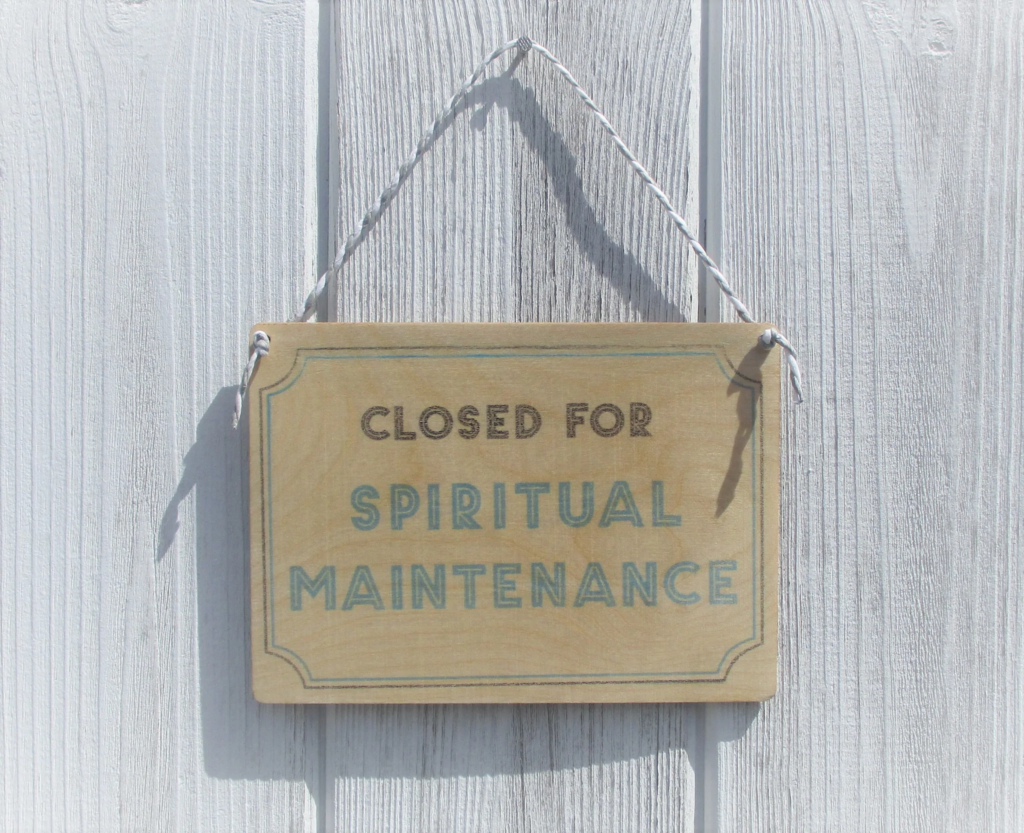
Apart front bringing positive transformation the personality gets more refined by discovering creative potential energies rising above mundane thoughts. Conserving more inner energy by developing the art of concentration and introspection observing silence is like handing a sign titled “closed for spiritual maintenance” for the door towards the external world. Thus there lies nothing between the person and his real existence as it allows to go beyond the silence of body, heart and ultimately mind. No wonder, why our mystics moved away from material lives to appreciate the silence and calmness of mountaintops or forests in the quest of solving larger problems of reality awaiting in front of the all-encompassing endless silence.
~~ Benefits of a good company in Hindu teachings ~~


Rivers take twists and turn as they descend from the top and face the ups and downs on their way. A blue lily shuts its petals under the sunrays. Similarly, under a shelter of bad association, good souls have the ability to deviate from themselves. During heavy rains, shallow ponds get overflowed with water. As anyone steps into it, the waters get muddied and this cannot be further used for drinking.

Likewise, a company with wicked friends makes one’s heart and intellect impure to perform larger tasks in life. However, on the other side, there are many examples of those people who are fortunate enough to be born into a good or virtuous family. Many times this leads to the rise of a self-ego for higher status or not listening to any good advice.

The material world is a prison of sorrow. To attain peace people put their first step towards the company of saintly people. This association with pious people is called sadhusanga or satsang in Hindu culture. Apart from being in touch with righteous companions, as it simply means, it also includes reading scriptures and quality discussions, ignoring small talks in life.
“Prabistah karnarandre sa svanang bhavasaroruham.
Dhunoti shamlang krishnasalilsya yatha sarath
Dhautatma Purusha Krishnapadamulang na krichati”- Srimad Bhagavat
This means- for those who regularly listen and perform satsang, God resides within them. He saves them from every sin just like water in the ponds turns clear with the arrival of autumn. Thus, the devotees can tie the feet of their Lord with the bond of love in their hearts.

Moreover, for character and personality development this is very important. Honest words and spiritual talks also help one to distinguish between right and wrong. Thus one can get liberated from the suffering in material life. At the same time, the person who recites Dharmakatha or spiritual discussions in front of them also gets enriched with spiritual glory.

However, it must be reminded that being in good company is not just enough. The person also needs to behave accordingly. Only to show off or just out of the ego of self-status, listening will not be fruitful. One must have the inner quest and courage to witness the truth with enough humbleness to listen to others.

How much can one overcome fear, struggles, disease, depression, poverty and so on through this path is a matter of experience but it can be definitely affirmed that this makes a strange impulse that gets transmitted in mind. This in turn strengthens one’s patience, conscience and power to fight during difficult times.
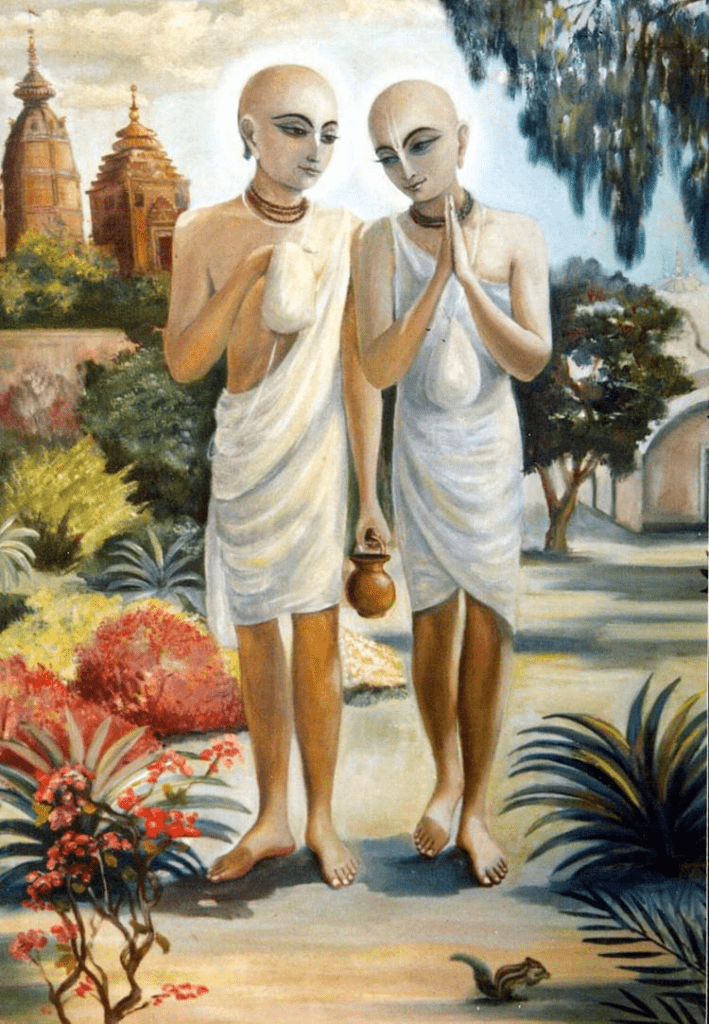
Thus we can list out the following benefits of Sadhusanga:
⁃Relation with saintly people has the tendency to eradicate violence from the mind.
⁃A sense of logic and rationality develops
⁃Observation power enhances
⁃Inner ego is shattered
⁃People turn self-controlled
⁃Respect for others and devotion to God is increased.
⁃A sense of forgiveness gradually generates
⁃Life becomes balanced
⁃Dispassion generates worldly pleasure while passion for inner growth develops
⁃People themselves achieve self-respect from others
⁃Ultimately, it turns anyone towards the path of truth.

One day, our great sage Narada Muni entered a forest on his way to take bath for a pilgrimage at Prayag. Lost in divine joy, while glories of Lord Krishna were coming out of his mouth, at once he met a deer, a boar and a rabbit stuck by the arrows of some hunter, hit in the same pattern, leaving them injured- writhing and howling in immense pain! He caught the culprit from behind as he was hiding in a bush and busy aiming his target towards more animals.
“Who the hell are you? And why are you keeping the innocents half-killed?”, enquired Narada.
Though initially thought of using abusive words but looking at his saintly face, the person managed to soften his anger and replied, “I am Mrigari, the hunter. Why are you disturbing me in my task? This is a technique taught by my father to feel the pleasure in seeing others getting tortured and struggling”.
“I beg you o dear, please don’t do this. If you want to continue your profession that’s good but just kill them at one go. Don’t make them suffer like this”, urged the sage along with giving lots of other holy bits of advices.
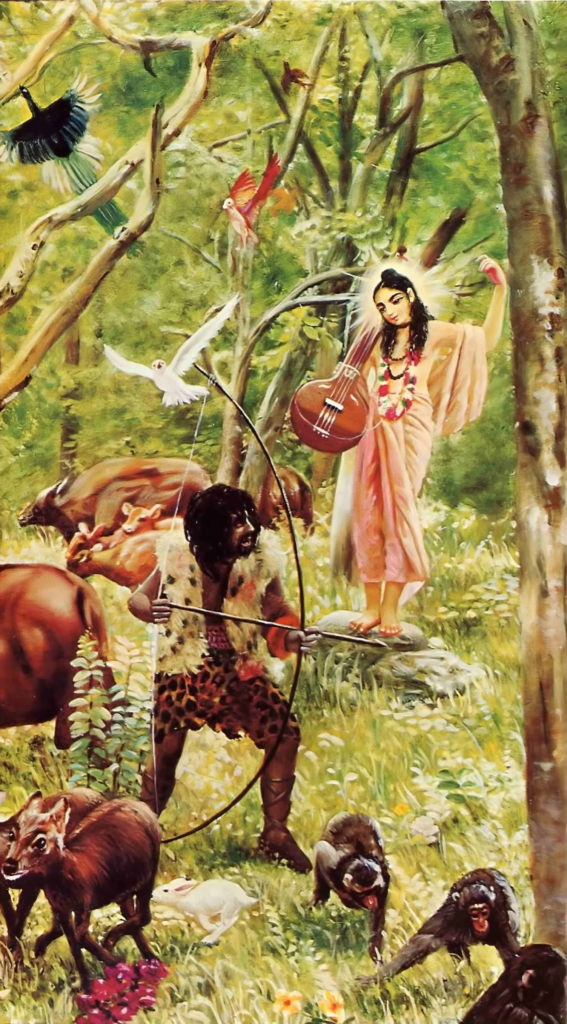
After many conversations, the hunter’s mind started to purify and he surrendered to Narada asking, “Prabhu, though I feel hesitated to break my bow as you asked since it is my only means of sustenance, but still trusting you I am smashing it right now in front of you.”
Narada assured, “Don’t worry I will look after your survival. You will not starve. For now, built a cottage in the riverside, put a tulasi plant in front of your home, live a simple life and regularly chant Hare Krishna. Let me bring back the life of all the animals who have been your victim and suffered a brutal and saddening death”.
Many days passed and again one day, Narada with his associate Parvatha Muni was passing by Mrigari’s new home. Seeing them approaching his house the newly turned devotee came rushing readily but jumping here and there on the path.
“Ha Ha! Why are you bouncing like this?”, asked Narada with a smile and wonder.
“Prabhu I do not wish to stamp on these insects on my way. No, no, I cannot let them smashed”, replied Mrigari paying obeisance to the two.
Being pleased and astonished at the same time Narada inquired, “Well, are you all getting sufficient food to eat?”.
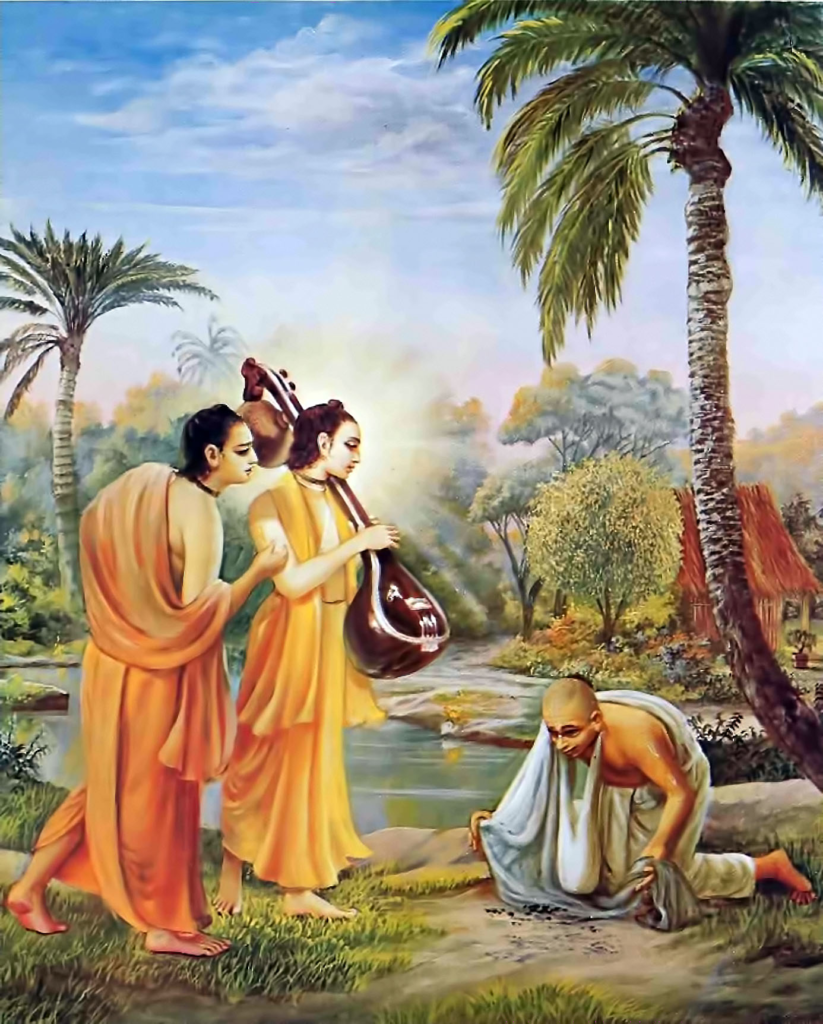
“Yes Prabhu, please look how by your grace, people come and visit me to see the miracle of a cruel who has turned into a pious fellow today”, laughed Mrigari, “You know, they bring with them and offer me so much fruits, grains and vegetables. But one thing! Please ask them not to send me so many items. We lead a very simple life. If possible they can supply me the minimum rations that are sufficient to satisfy our hunger”.
In a fraction of a second, the most brutal person on the earth had turned into a saint by the touch of a good company. All necessary perfections are achieved to attain the highest goal in life. Like us, Parvatha Muni was also moved by this and the entire event was constantly running in his head while returning. “You are a real touchstone by yourself”, appreciated the sage staring at the great Narada Muni’s ever smiling glorious face.
References:
Prasanga: Dharma Prasanga: Samaj by Devprasad Mazumdar
Hindu Sanskar Darpan by Sri Madhusudan
https://www.boldsky.com/yoga-spirituality/faith-mysticism/2014/significance-of-conch-shell-in-hinduism-039699.html?story=1
https://www.astrovidhi.com/blog/significance-and-importance-of-conch-shell/
https://www.sanskritimagazine.com/indian-religions/hinduism/religious-scientific-significance-of-a-conch-shankh/
https://sevenseasmedia.org/shells-as-religions-and-spiritual-objects-in-hinduism-and-buddhism/#:~:text=The%20sacred%20conch%20shell%20is,environment%20from%20all%20evil%20effects.
https://symbolsage.com/conch-shell-spiritual-meaning/
https://www.rsisinternational.org/virtual-library/papers/significance-and-health-benefits-of-conch-shell/
https://www.astrovidhi.com/blog/significance-and-importance-of-conch-shell/
https://bhagavanbhakthi.com/2020/12/mauna-vrata-meaning-uses-significances/
https://www.speakingtree.in/allslides/maun-vrat-healing-through-silence/68568
https://www.sanskritimagazine.com/indian-religions/hinduism/benefits-maun-vrat/
https://trueayurveda.wordpress.com/2016/02/25/mouna-vrata/
https://www.tribuneindia.com/news/archive/himachaltribune/maun-sadhana-practising-silence-584229
http://www.millenniumpost.in/mauni-amavasya-the-day-of-practising-silence-195176
https://www.thehindu.com/society/faith/good-company/article25289460.ece
https://www.speakingtree.in/blog/power-of-sadhu-sanga
Center for Indic Studies is now on Telegram. For regular updates on Indic Varta, Indic Talks and Indic Courses at CIS, please subscribe to our telegram channel !
- 29 min read
- 0
- 0







